size: 48 fols;
printed surface: 80×145 mm;
page: 130×190 mm;
lines: 19;
copies: 500.
The most significant work by Müteferrika
is a political and state theoretical treatise composed in order to
improve the Ottoman government.
The volume appeared in 1732, about one and half year after the uprising
of Patrona Halīl which had overthrown the system of Sultan Ahmed III and
Grand Vizier Dāmād İbrāhīm. The writing, recalling the characteristics
of Ottoman siyāsetnāme, calls the attention of the Ottoman
leaders to the results of the state and military development and to the
reasons of strategic superiority of the rival European powers, while
strongly condemning the severa centuries long disinterest of the
Ottomanps to the external world. An important feature of the work is to
break with the hitherto prevailing nostalgic attitude to bygone golden
ages. Although observes the stylistic conventions in as much he speaks
contemptuously about the Christian nations, but in the content it
already turns away from the indifference referring to the superiority of
Islam. It announces in a list organized by items the reasons of the
state’s weakness and the conditions of rise.
In harmony with the main aspects of contemporary Ottoman reforms, the
works mainly focuses on the necessity of the reorganization of the army.
It also offers a broader historical background by describing after the
Greek philosophers the various types of state (6v-7v), or by treating on
the origins and reasons of success of the foundations of European
culture, the Roman Empire (19v-20v). The concept nizām-i cedīd
(new order), which would be used for the newly organized military
formations of Sultan Selīm III (1789-1807), appear here for the first
time referring to the modernized European army (17v-18r).
Although the purpose and genre of this work cannot be compared to the
Risāle-i İslāmīye, in the evaluation of contemporary events we can
observe a change in the author’s attitude. The utopistic optimism of
Risāle-i İslāmīye may have had some rational basis, if one takes
into account the Karlovci Treaty (1699) which was a rather positive
correction in contrast to the previous series of Turkish failures in the
Balkans, the European “internal wars” of the first decade of the 18th
century, and the experiences of the reform and peace years of the Tulip
Period. However, the Usûl ül-hikem… was already inspired by the
atmosphere after the Po¾arevac Treaty (1718) which was a further stroke
on Turkish hopes, and later by the upheaval overthrowing the regime
supporting Müteferrika and the terror of Patrona Halīl in Istanbul. In
this book he objectively and critically presents to the reader the
recipe of recovering from the crisis, and the final triumph of the
Ottoman house does not appear as the unconditional prediction of a
prophecy, but as a possible result of the learning and reforms which had
been postponed for centuries.
The Oriental Collection preserves three copies of the work,
one of which is from the bequest of Įrmin Vįmbéry. [MTAK shelfmark:
768.439; 768.412; 770.153.]
 |
 |
 |
||
 |
 |
 |
||
 |
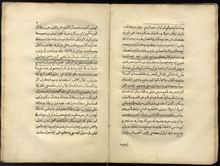 |
 |
||
 |
 |
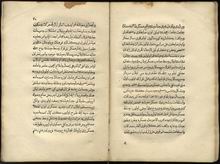 |
||
 |
 |
 |
||
 |
 |
 |
||
 |
 |
 |
||
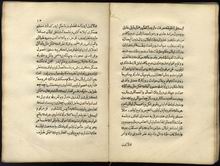 |
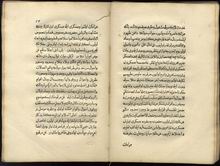 |
 |
||
 |
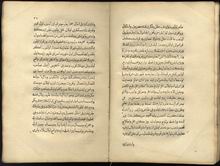 |
 |
||
 |
 |
 |
||
 |
 |
 |
||
 |
 |
 |
||
 |
 |
 |
||
 |
 |
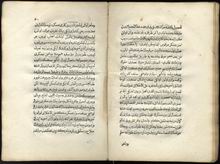 |
||
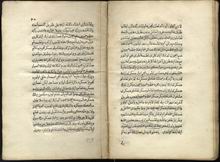 |
 |
 |
||
 |
 |
 |
||
 |
 |
|||












